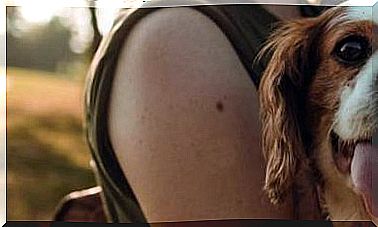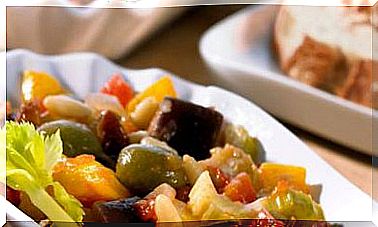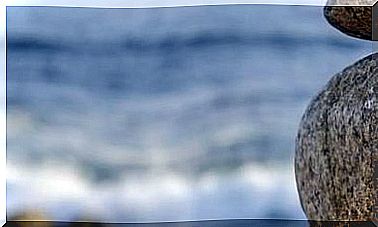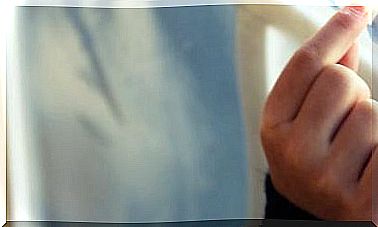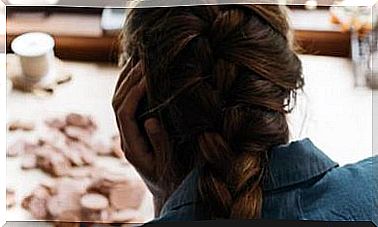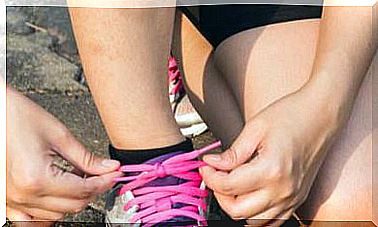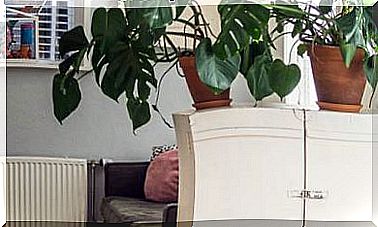If It Hurts, Should I Apply Heat Or Cold?
A cold compress for a sore shin, a hot pad for a tight neck … do these methods help? What happens in the body when they are applied?

Cold and heat are natural agents used to reduce inflammation and treat pain and other discomfort. But when do you have to use each one and why?
The blows and other acute inflammations respond to the cold. A kick to the shin of a soccer player or a slight ankle sprain is treated with the RICE protocol (abbreviations for Rest, Ice, Compression, and Elevation; in Spanish rest, ice, compression and elevation).
Cold reduces swelling and pain
The swelling occurs because the small blood vessels are damaged. The cold causes the glasses to contract and close more quickly. Cooling also inhibits the transmission of pain signals to the brain. This is why an injury no longer hurts as much when ice has been applied to it.
Traumatologists recommend the use of cooling media for all acute injuries, including contusions or fractures, but never for open injuries.
How to prevent frostbite
Caution is required when using ice on an injury. In the worst case , if you are not paying attention, your skin can freeze. There are two cold reactions that can be felt
- First of all, there is the “first cold sore”, which is completely normal and there is no reason to interrupt the application.
- Then there is a habituation effect and the second cold sore follows . When this second cold sore appears, the application of cold must be interrupted to avoid frostbite.
If you apply cloths soaked in cold water, there is no danger. For refrigerants like ice packs or ice cubes, whose temperature is around freezing point, it is recommended to use them for 30 minutes and then take a break.
You can also rub an ice cube on the affected area over and over again. In this way the body is not exposed to permanent cooling, but benefits from the analgesic effect.
Cool two days, then heat
It is recommended to cool the injured area for up to two days. In fact, it is time to switch to the heat. Although it still hurts, on the third day it is convenient to stimulate the metabolism again so that the tissue receives the greatest possible blood supply and in that case too cold is an obstacle.
The heat opens the glasses
The use of heat, by means of cherry stone pillows, hot water bottles or infrared light lamps, serves to alleviate long-lasting discomfort (therefore, it does not apply in acute injuries).
The heat has the effect of softening the tissue, that helps with overuse syndromes, for example, with severe muscle pain.
Heat is also suitable in case of contractures and can be useful for connective tissue disorders.
The heat opens the vessels and widens them, thus improving blood circulation. It also has an analgesic effect, which is why heat is used to relieve menstrual pain or joints affected by osteoarthritis.
Red spots and pain are warning signs
If the heat causes red spots on the skin, it is generally not dangerous. It is a problem when there is also pain, because a first degree burn can occur.
You always have to be attentive and listen to your own body when using heat. It should always be pleasant. To believe that the more heat is supported, the better it will be is a mistake.
Heat should be applied for a short time several times a day. On the other hand, heat is contraindicated when there is an infection or it is suspected that there may be one.

